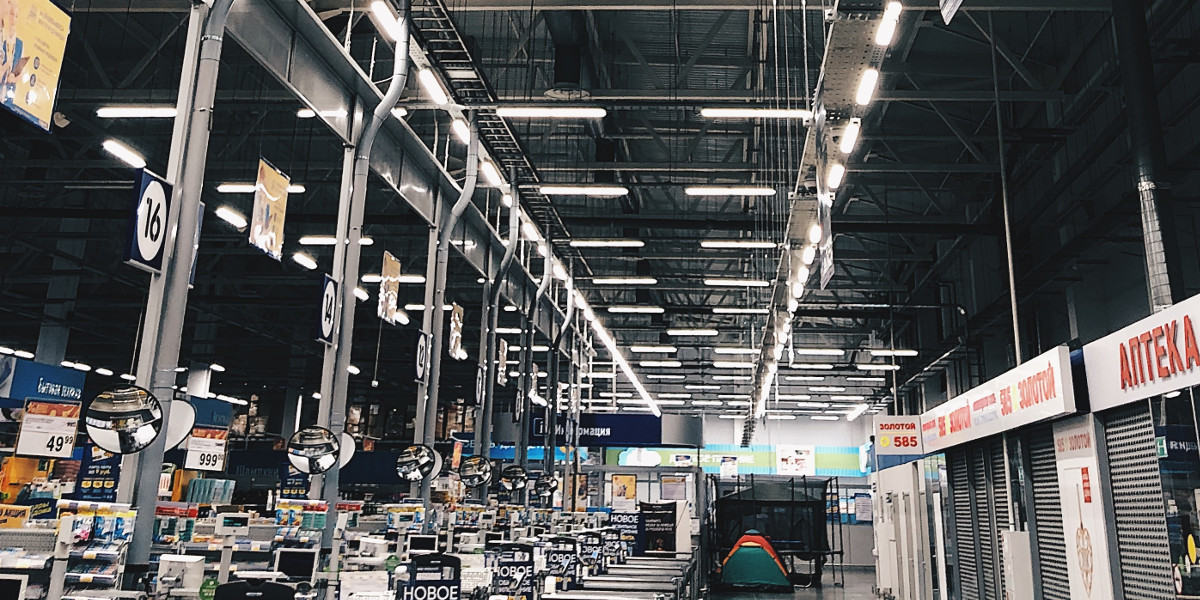
A warehouse is a large building where raw materials, components or manufactured goods are stored before distribution to retail outlets like shops or supermarkets. They are used by manufacturers, importers, exporters, wholesalers, overstock companies, transport businesses, customs, etc.
They are usually large plain buildings in industrial parks on the outskirts of cities, towns or villages but with east road access by large trucks. Some are by railway lines for easy access to the rail network.
Many years ago many warehouses were located by rivers, creeks or canals as many goods where transported by narrow-boats towed by horses.
There are five types of warehouse
- Private are owned and used by channel suppliers, manufacturers or traders and used exclusively by them. Some are built near manufacturing or production centres but also close to roads.
- Public warehouses are owned by government organisations and can be used by private companies to store goods on payment of rent. The public warehouses are usually set up to help small traders who can't afford to build and/or operate their own warehouses.
- Bonded Storage warehouses are owned, managed and controlled by government along with private companies. This particular type of warehouse is a storage facility for imported goods for which import duty is due. A license from the government is often required to operate a bonded warehouse.
- Distribution Centres usually have a very large space, which enables fast movement of large quantities of goods for short periods. As the name suggests, these facilities serve as distribution nodes which aids the movement of goods to their final destination.
- Co-operative warehouses are owned, managed and controlled by co-operative societies, as the very name implies. These societies provide storage facilities to members at the cheapest rates. The main purpose to run such warehouses to help their members, not to earn a profit.
It wouldn't be practical (or safe) to just place the goods in a large, random heap on the floor, so there are several ways to segregate the storage areas.

- Static Shelving are storage mechanisms that are designed to stay in one place. They are meant to hold inventory that upto a couple of hundred pounds in weight. It's commonly used for storing inventory that needs continuous manual replenishment, but isn't suitable for use by forklift.
- Mobile Shelving is a completely adjustable solution that stores your manually-selected items, but the difference here is that many of these systems are designed to hold more items in less space. This shelving is similar to static shelving but shelves or cabinets are mounted on carriage and rail systems, eliminating fixed aisles and increasing productivity.
- Pallet Racking is meant for the busiest and largest warehouses and are usually treated as the centrepiece of the operation. Pallet racking systems are often made out of wood, metal or plastic and hold boxed inventory. Unlike Static Shelving these can be used with forklifts
- Multi-Tier Racking is better for large stocks of items that have small unit sizes. It is a system that is optimised for vertical space. Multi-Tier racking systems are flexible, making it easy to add or remove tiers depending on current needs.
- Mezzanine Flooring is an effective and space-saving storage option but is very expensive. Essentially, mezzanine flooring is a second (or third, or fourth) floor that is constructed above the main warehouse floor and therefore will have weight restrictions.
- Wire Partitions are effective, strategically-placed wire cages that can be installed and removed quickly and easily. While mezzanine flooring is one of the more high-tech options, wire partitions are on the other end of the spectrum.
PHP 1767624024
(C) 2007 ~ 2026 SI7 - Stats
 Warehouse -
Warehouse - 